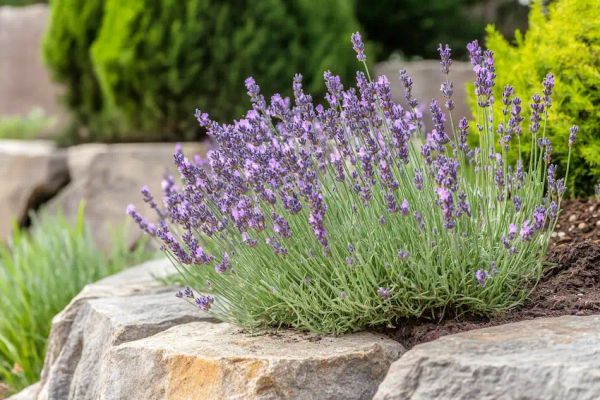Lavender has always been a beloved addition to gardens worldwide, with its stunning flowers and calming fragrance. But to keep your lavender thriving and blooming beautifully, it’s crucial to prune it in August. In this comprehensive guide, we’ll explore why pruning in late summer is essential for the health of your lavender and maximizing its bloom potential for the following season.
Why August is the Ideal Time for Pruning Lavender

Pruning lavender in August, during late summer, sets the stage for robust growth in the spring and prepares the plant for the coming winter months. This timing is essential because it prevents the wood from becoming too hard, making it less productive and more vulnerable to disease.
Key Benefits of Pruning Lavender in August
- Enhances Flower Production: Pruning after the first bloom cycle in August can encourage a second bloom within the same season, especially in milder climates. Learn more about the best timing for pruning lavender here.
- Maintains Shape and Vigor: Regular pruning helps lavender maintain a compact, attractive shape, preventing the plant from becoming sparse and woody.
- Prevents Disease: Removing old and spent blooms reduces the risk of diseases and pest infestations, keeping your lavender healthy.
Step-by-Step Guide to Pruning Lavender in August
- Choose the Right Tools: Use sharp, clean pruning shears to make precise cuts. This prevents damage to the delicate stems and reduces the risk of infection.
- Identify What to Cut: Focus on cutting back the flower stems and about an inch of this year’s leaf growth. Avoid cutting into the old wood, as lavender struggles to regenerate from these areas.
- Shape the Plant: Aim to shape your lavender into a mound or dome, which helps shed water away from the plant’s crown during rainy seasons.
- Thin Out Crowded Areas: If your lavender has become dense, thin out some branches to improve air circulation, which is crucial for preventing fungal diseases.
- Cleanup: After pruning, clear away all cuttings from around the base of the plant. This helps keep the area free from pests and diseases.
Aftercare Following Lavender Pruning
- Watering: After pruning, water the plant deeply to help it recover quickly. Make sure the soil has excellent drainage to prevent water from pooling, which could lead to root rot.
- Fertilization: Apply a light layer of compost or a balanced, slow-release fertilizer to provide the essential nutrients needed for new growth.
Regular Maintenance for a Healthy Lavender Plant
- Yearly Pruning: Besides the major cutback in August, light pruning in the spring can help remove any winter damage and shape the plant for the upcoming growing season. For more tips on growing lavender, check out this guide.

- Lavender Hedges: Interested in creating a lavender hedge? Discover the benefits and steps to plant your own here.
Pruning lavender in August is not just about appearance; it’s vital for the plant’s longevity and vitality. By following these detailed steps, gardeners can ensure their lavender remains healthy, vibrant, and beautifully productive year after year.



